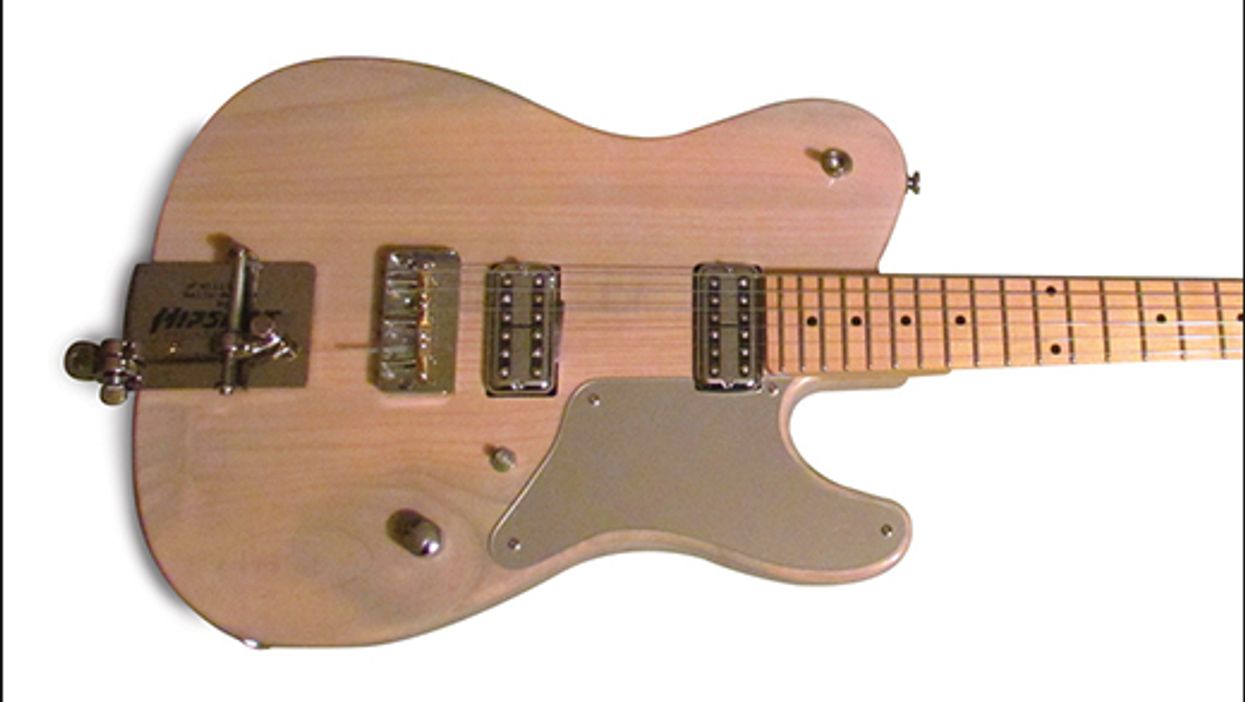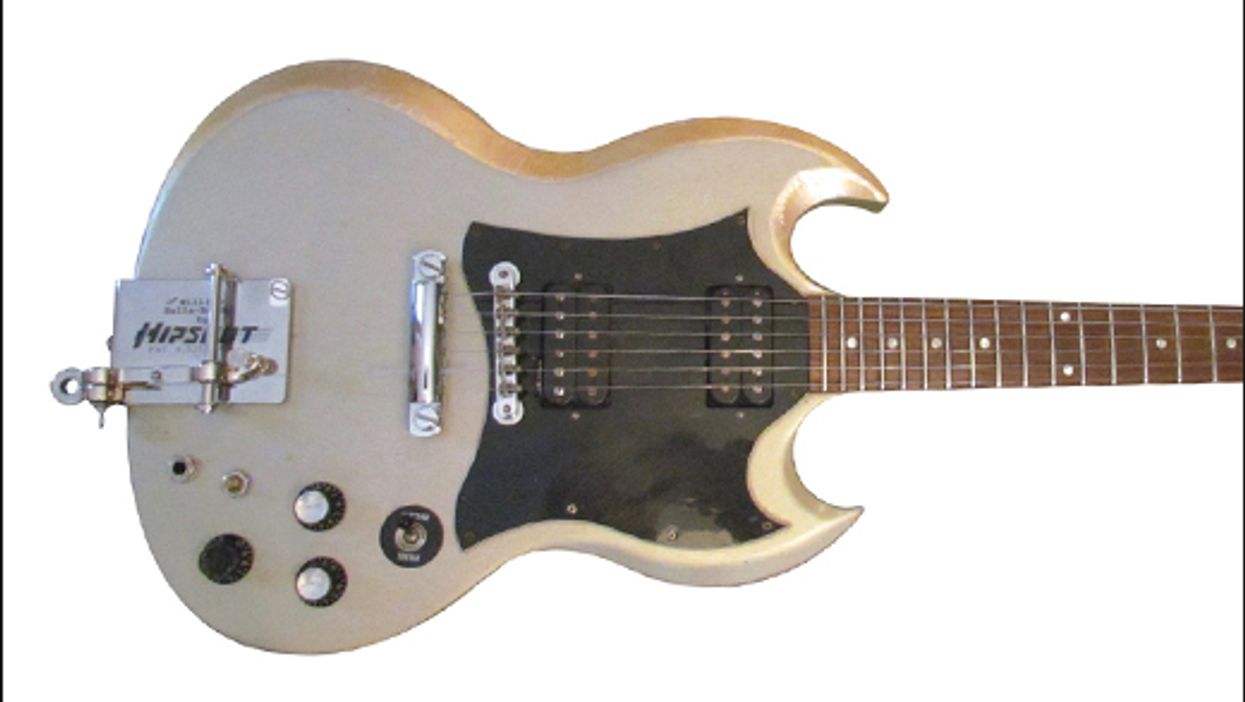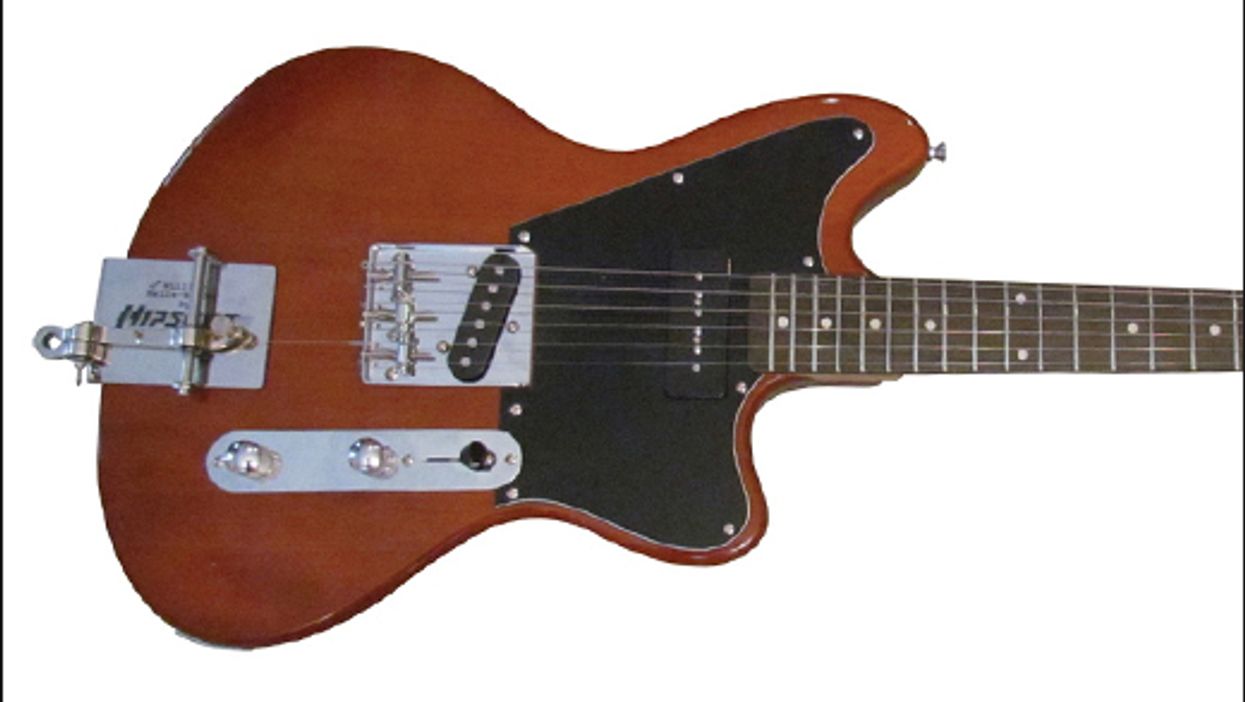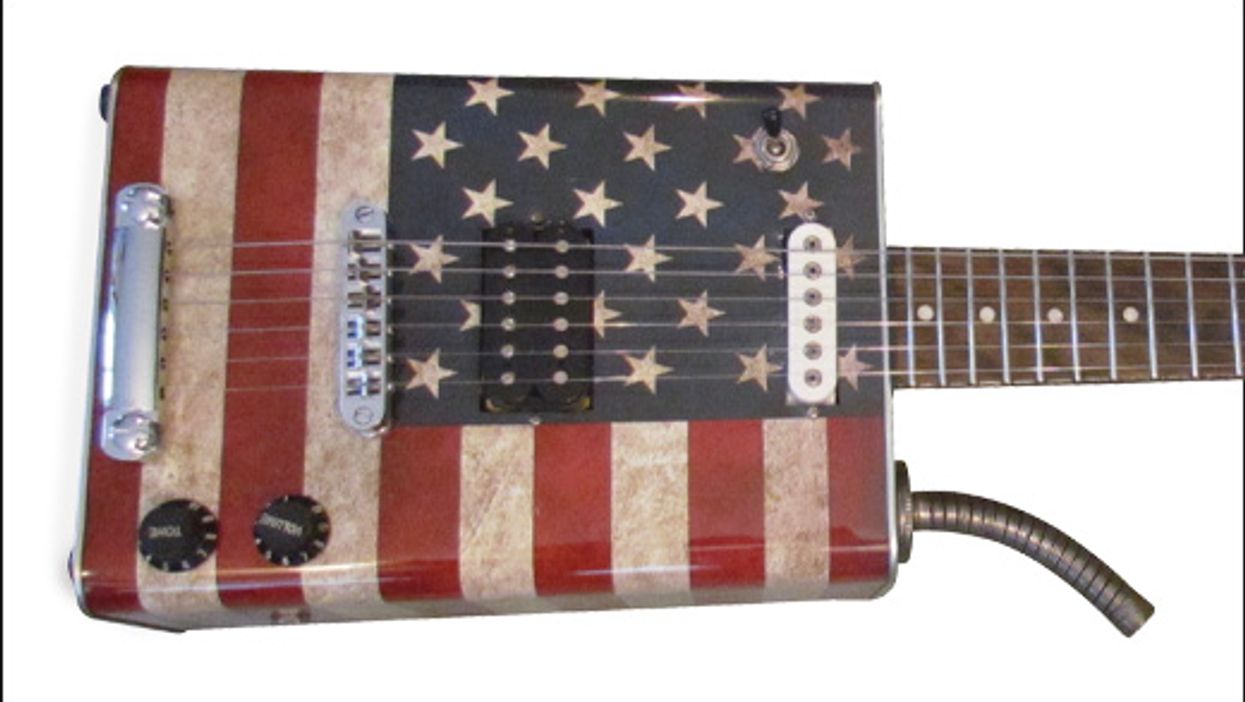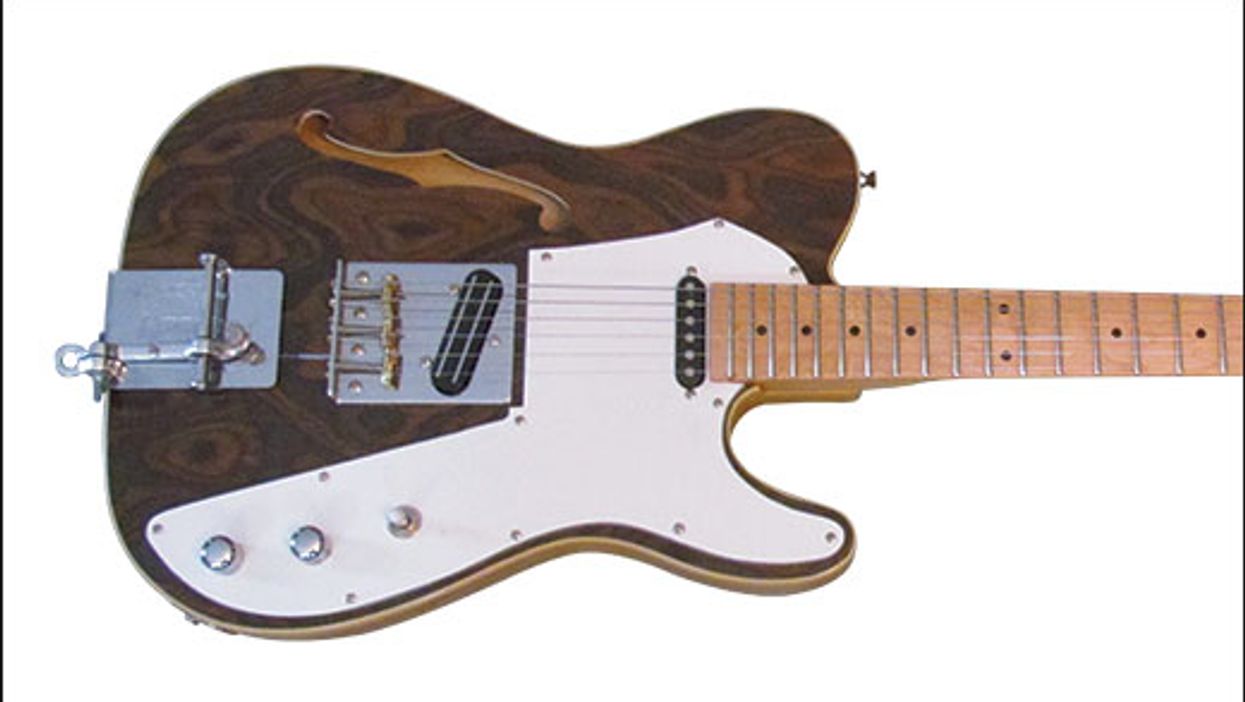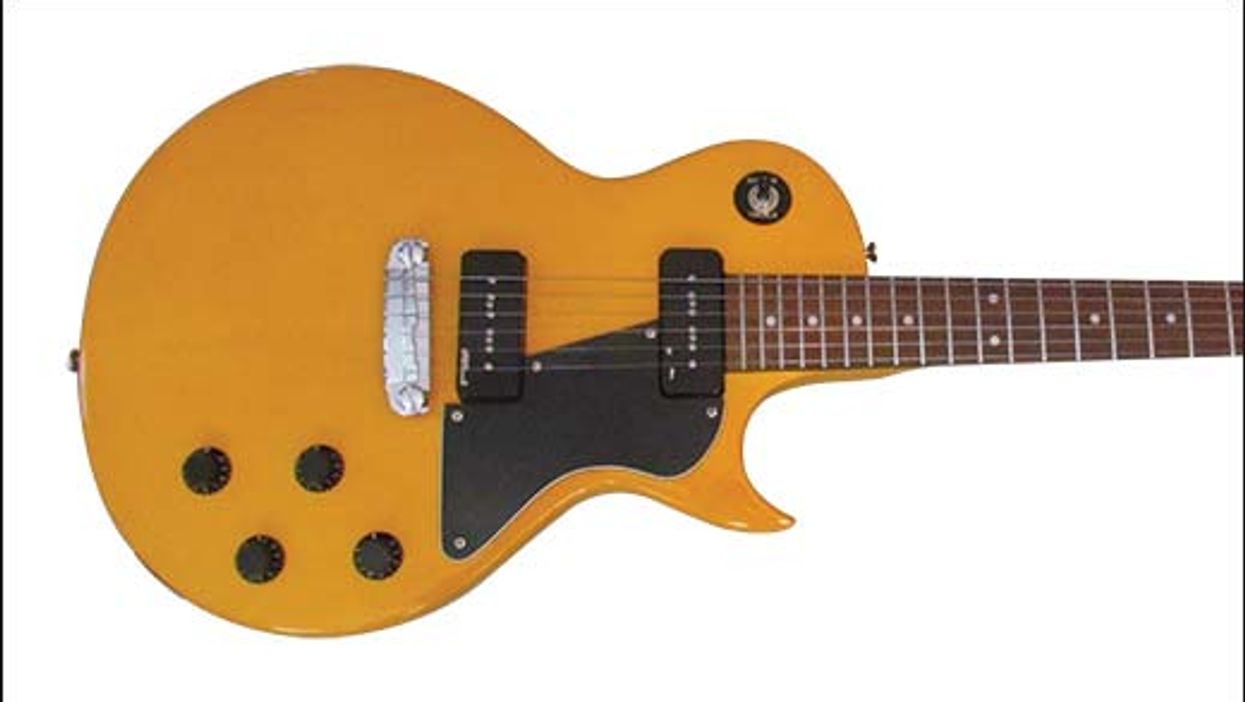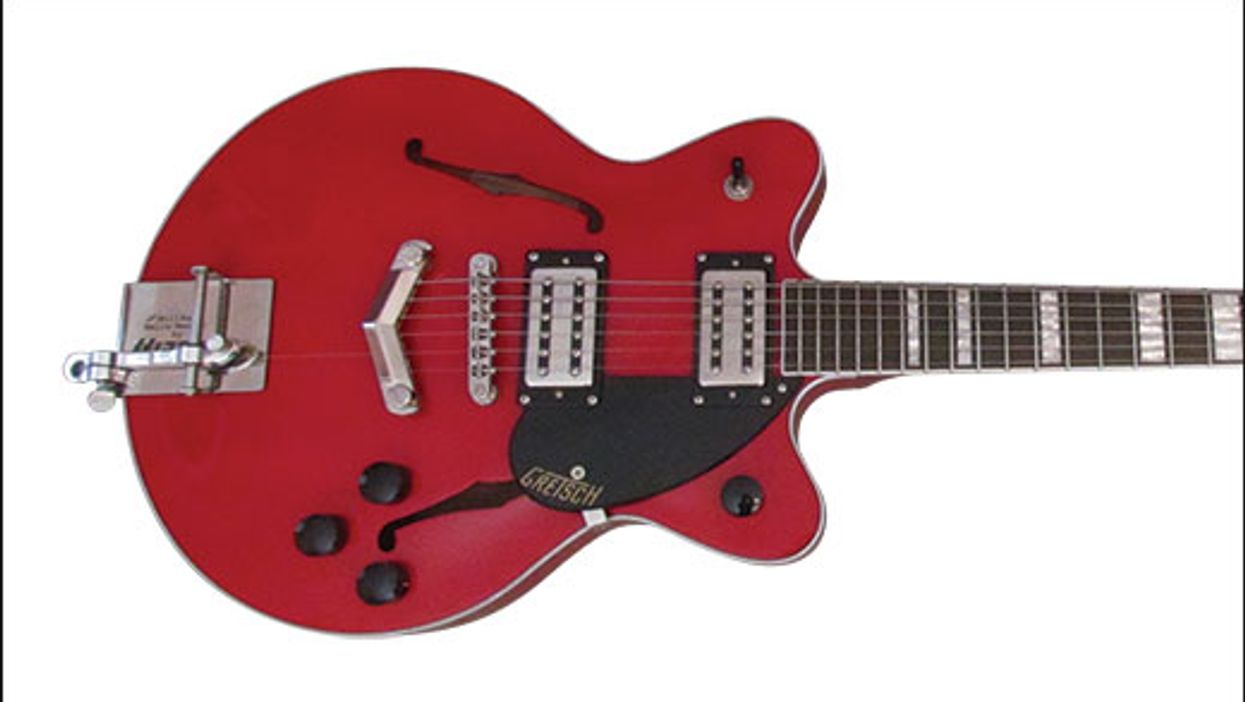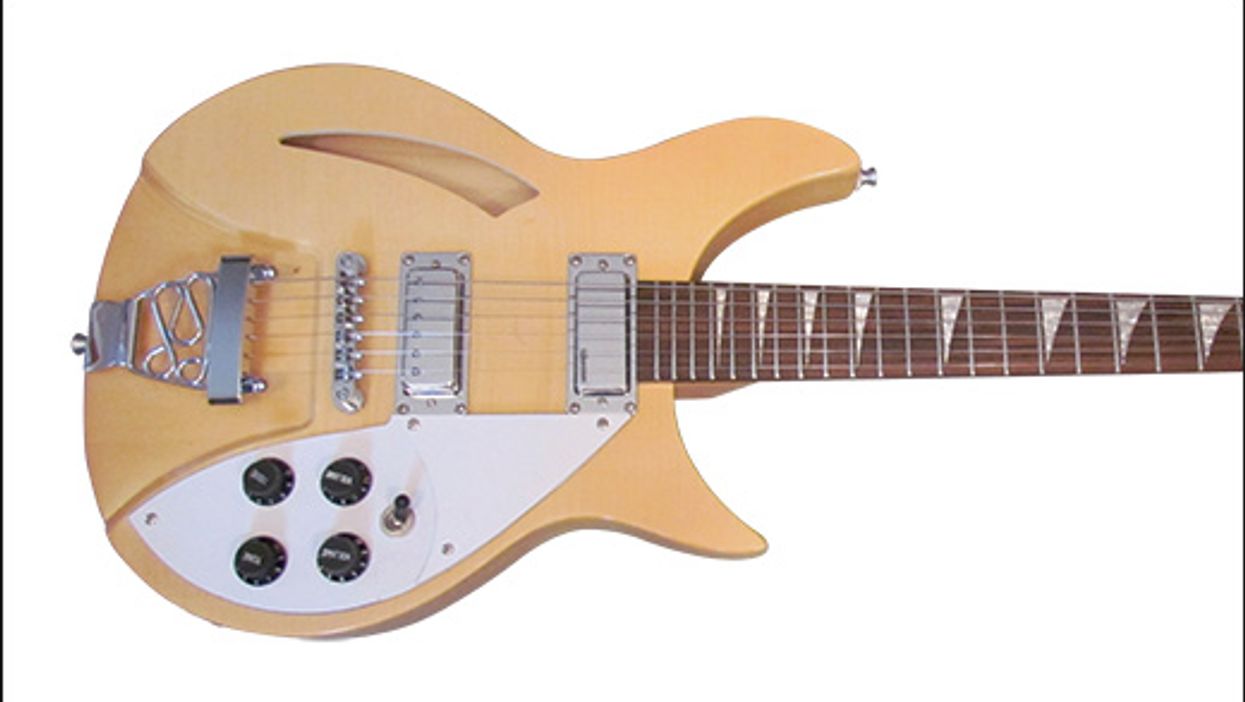Search
Latest Stories
Start your day right!
Get latest updates and insights delivered to your inbox.
Will Ray's Bottom Feeder
When it comes to hunting down great deals on inexpensive instruments, Will Ray is a master. In his Bottom Feeder blog, he shares photos of his latest finds and details what it takes to get a bargain-basement guitar in working order.
Don’t Miss Out
Get the latest updates and insights delivered to your inbox.
Popular
Recent
load more
